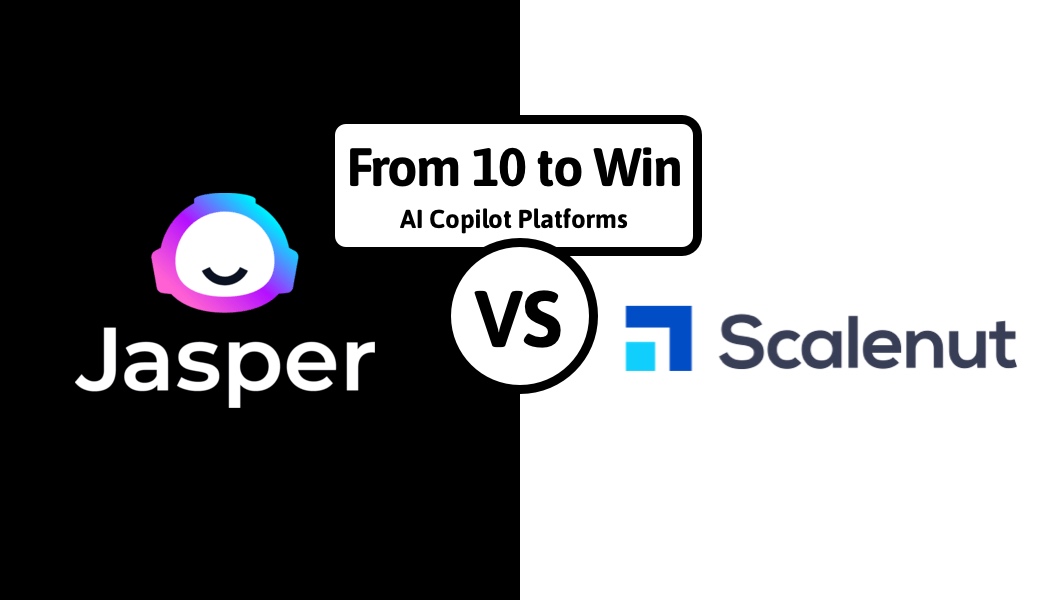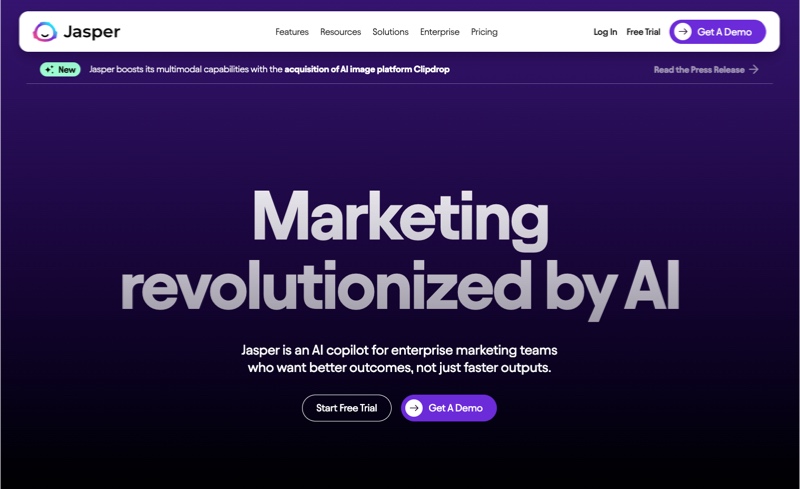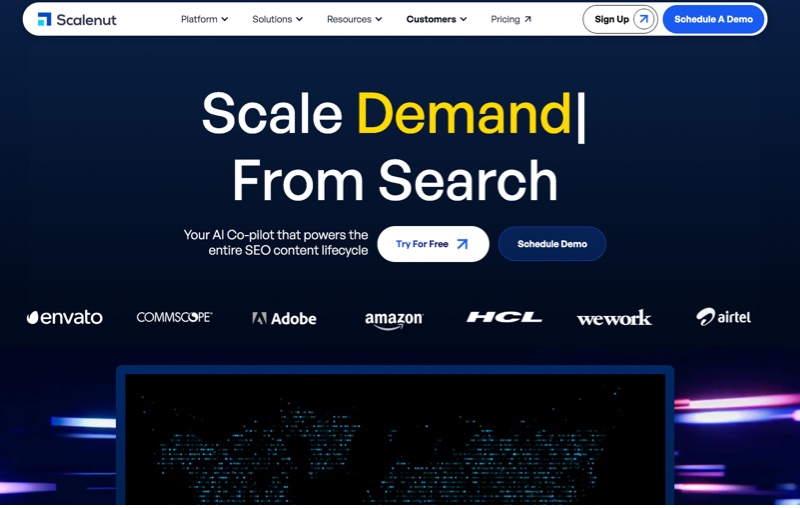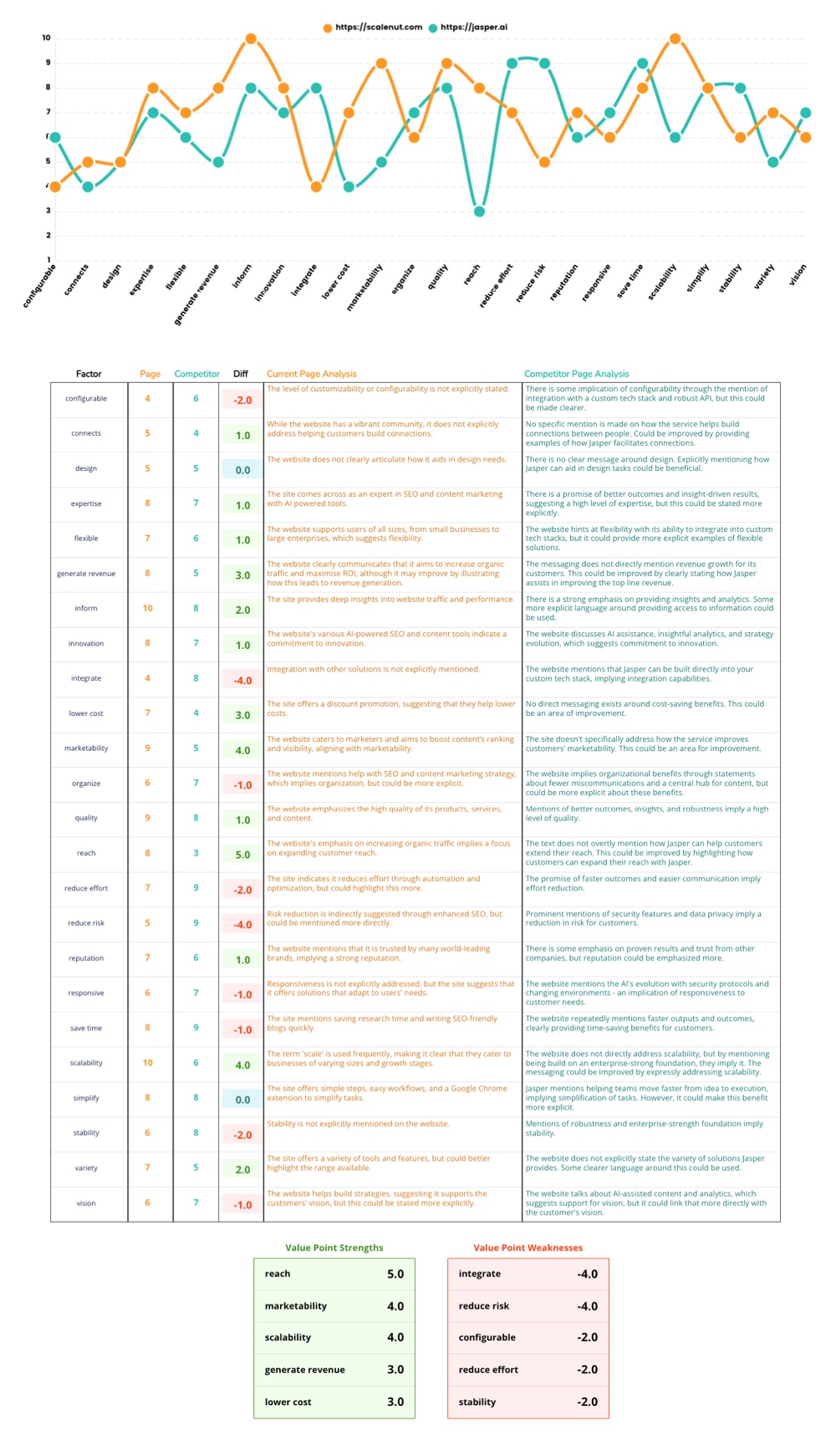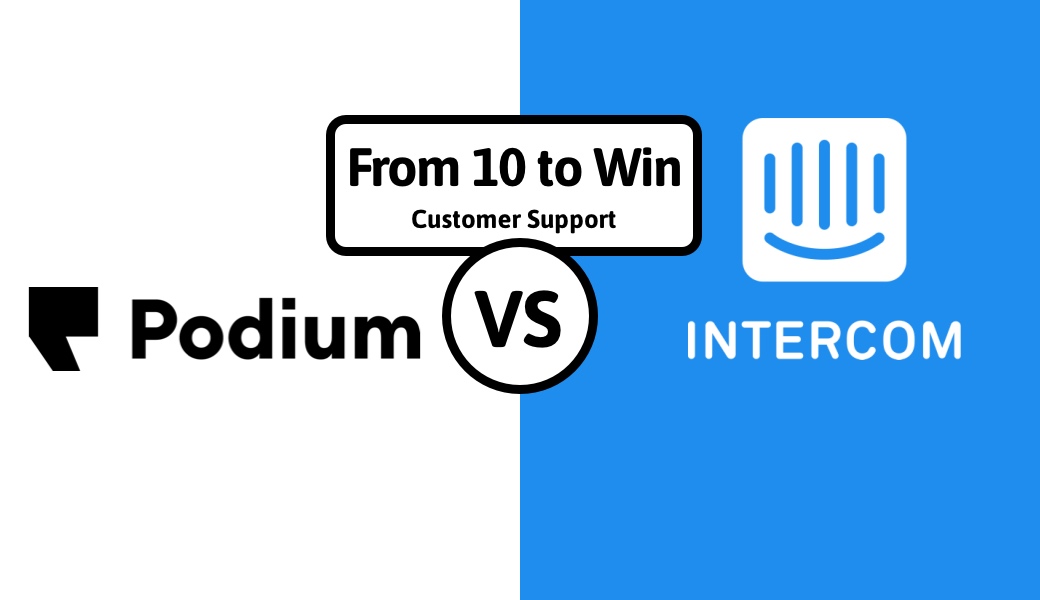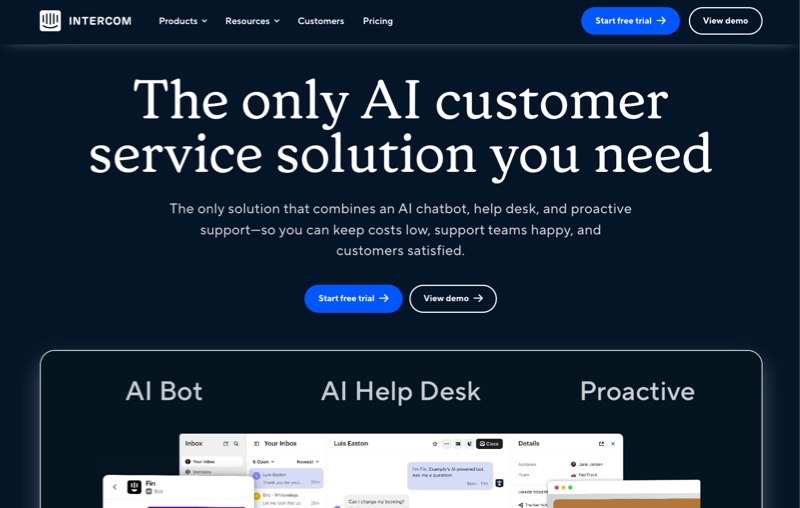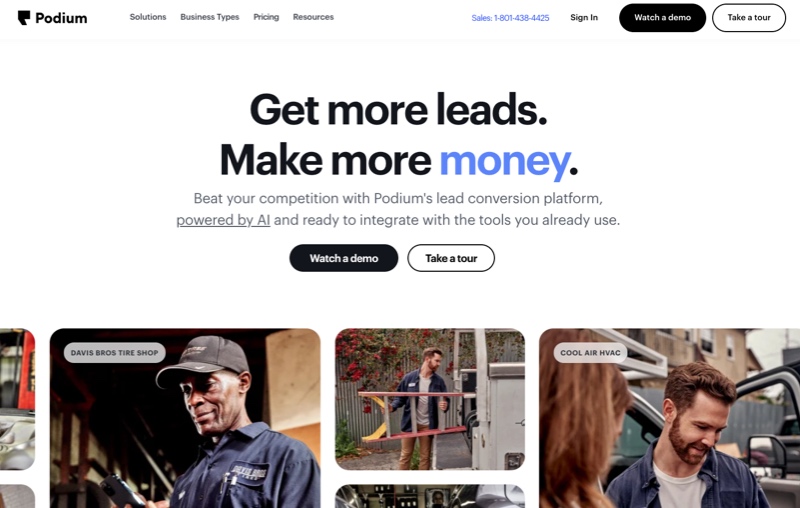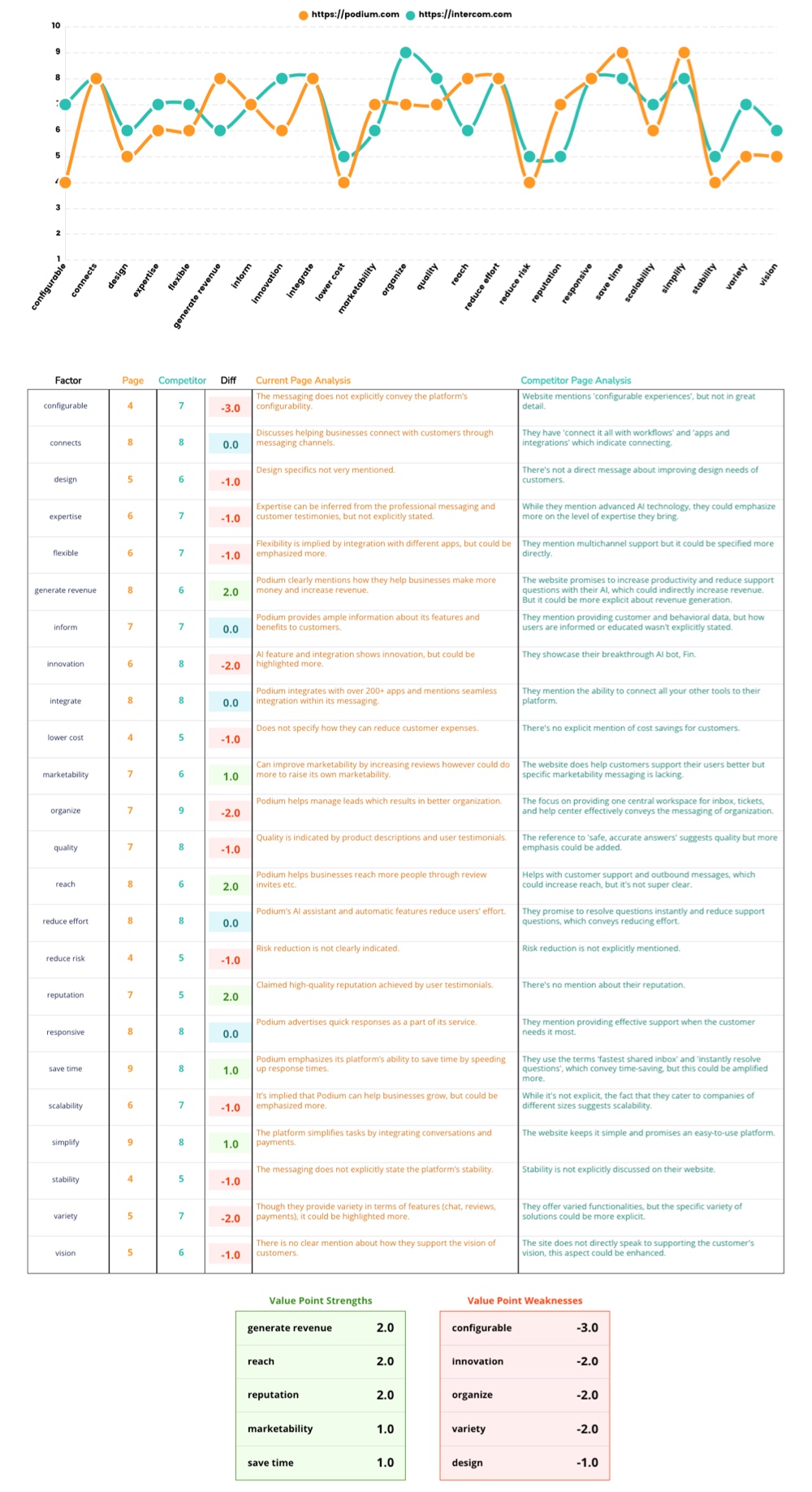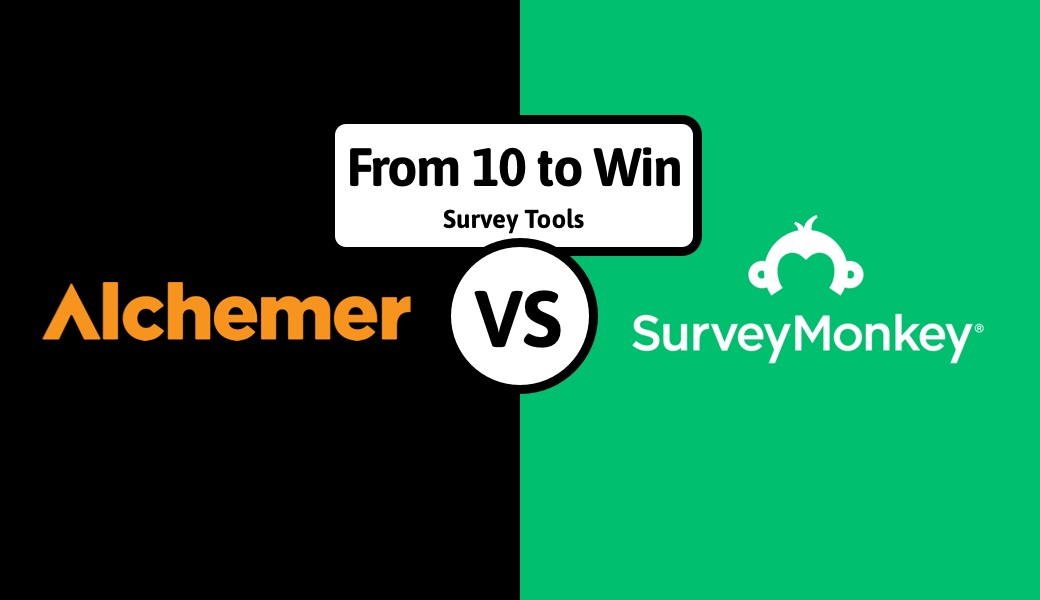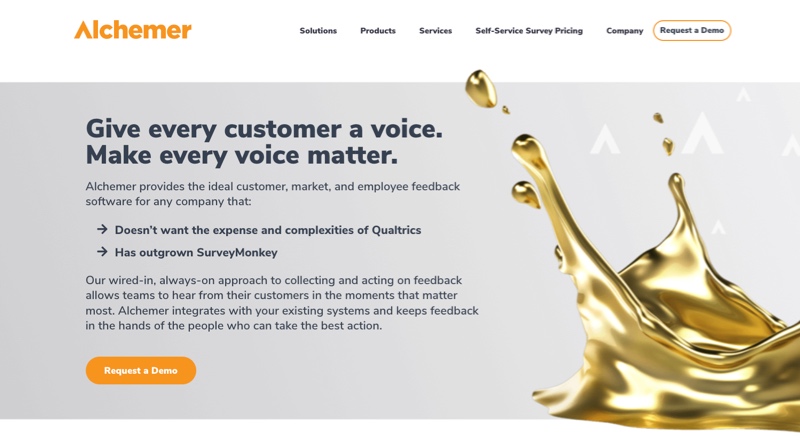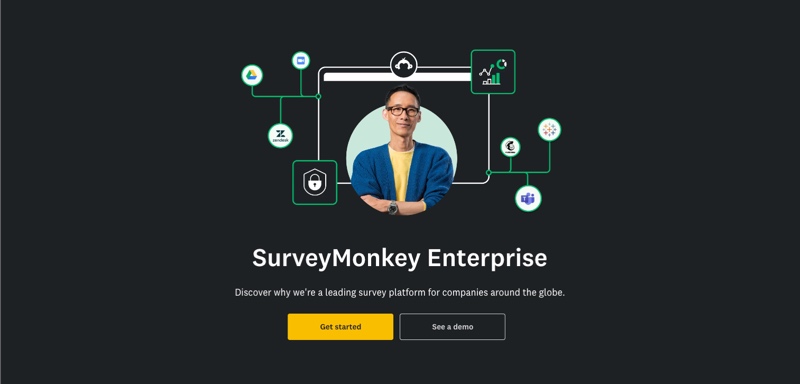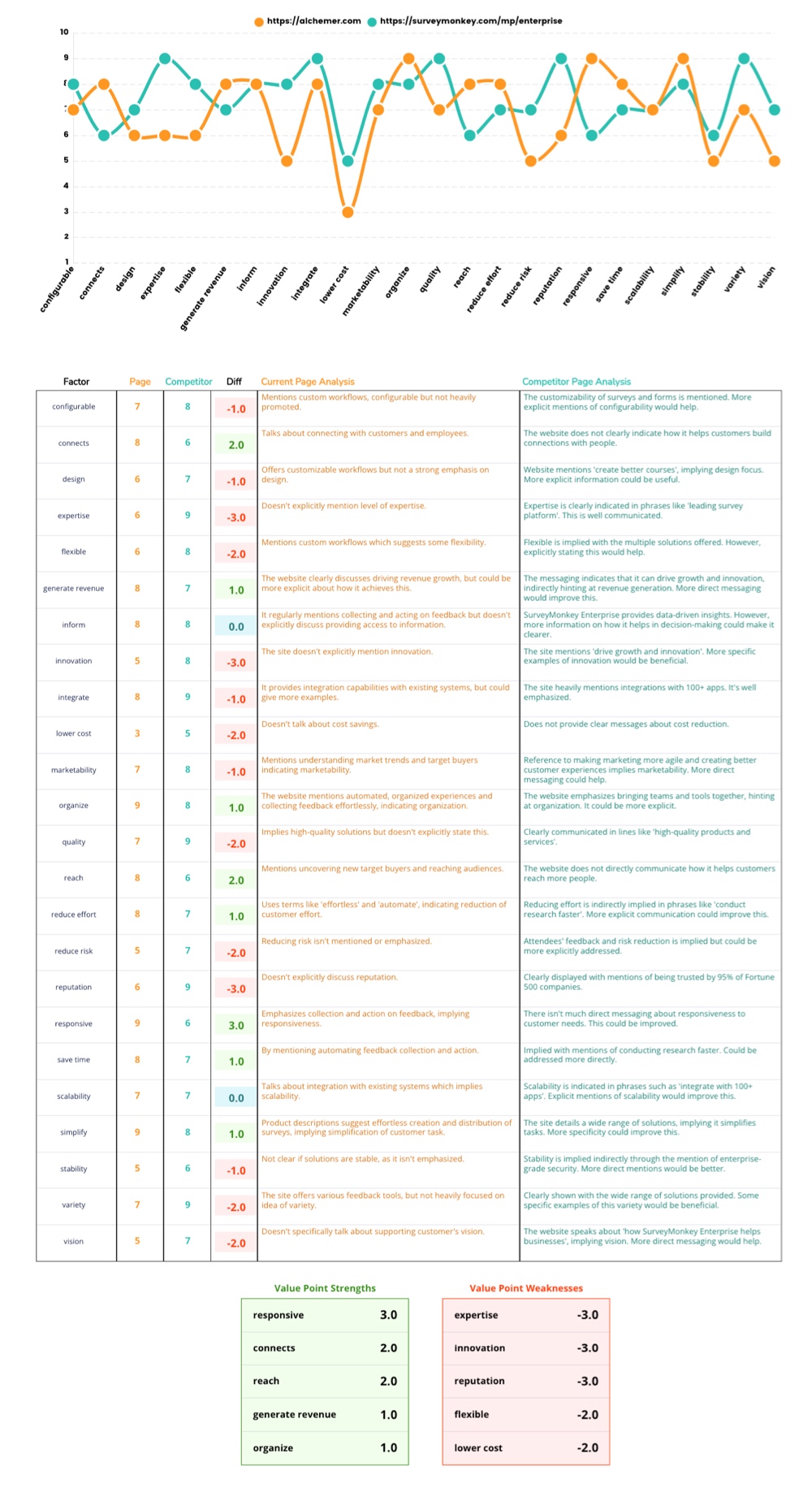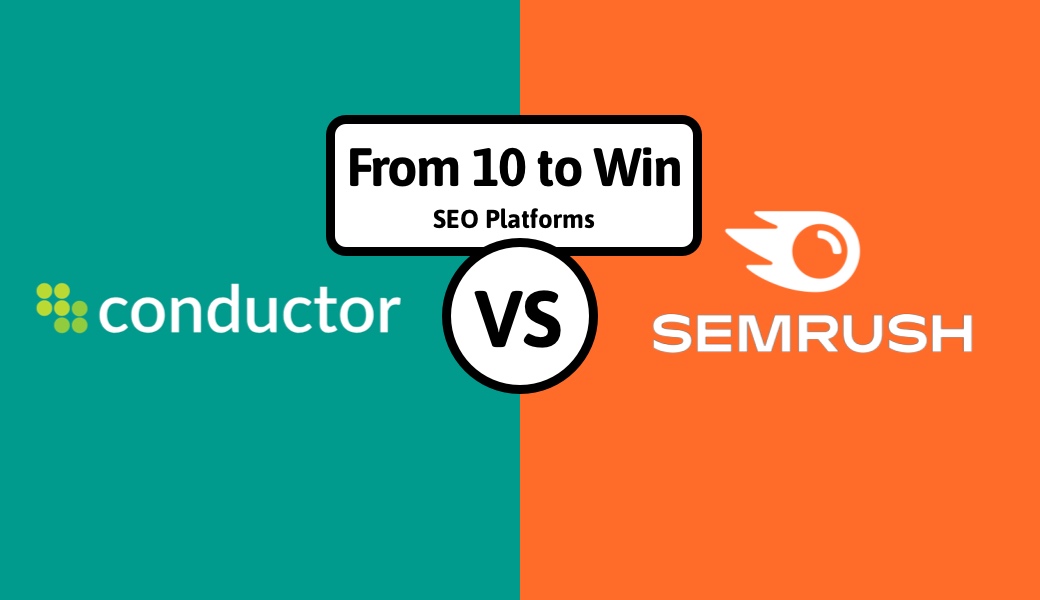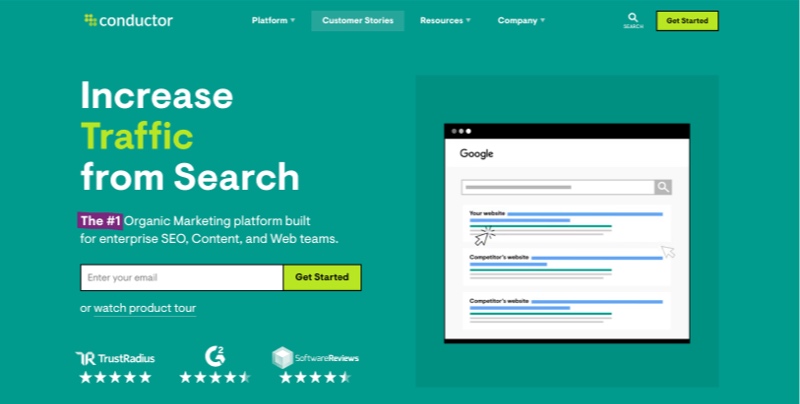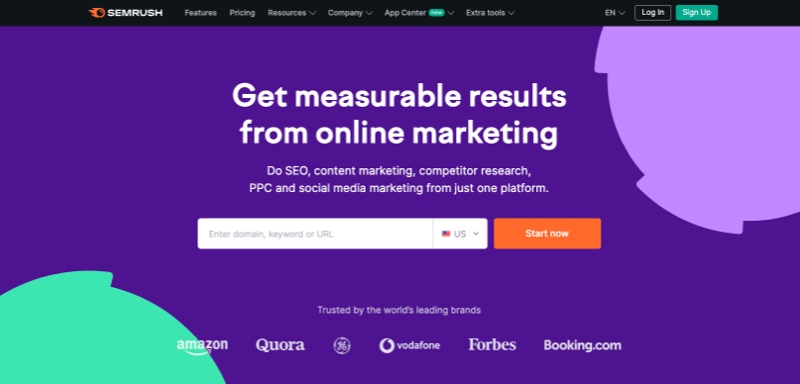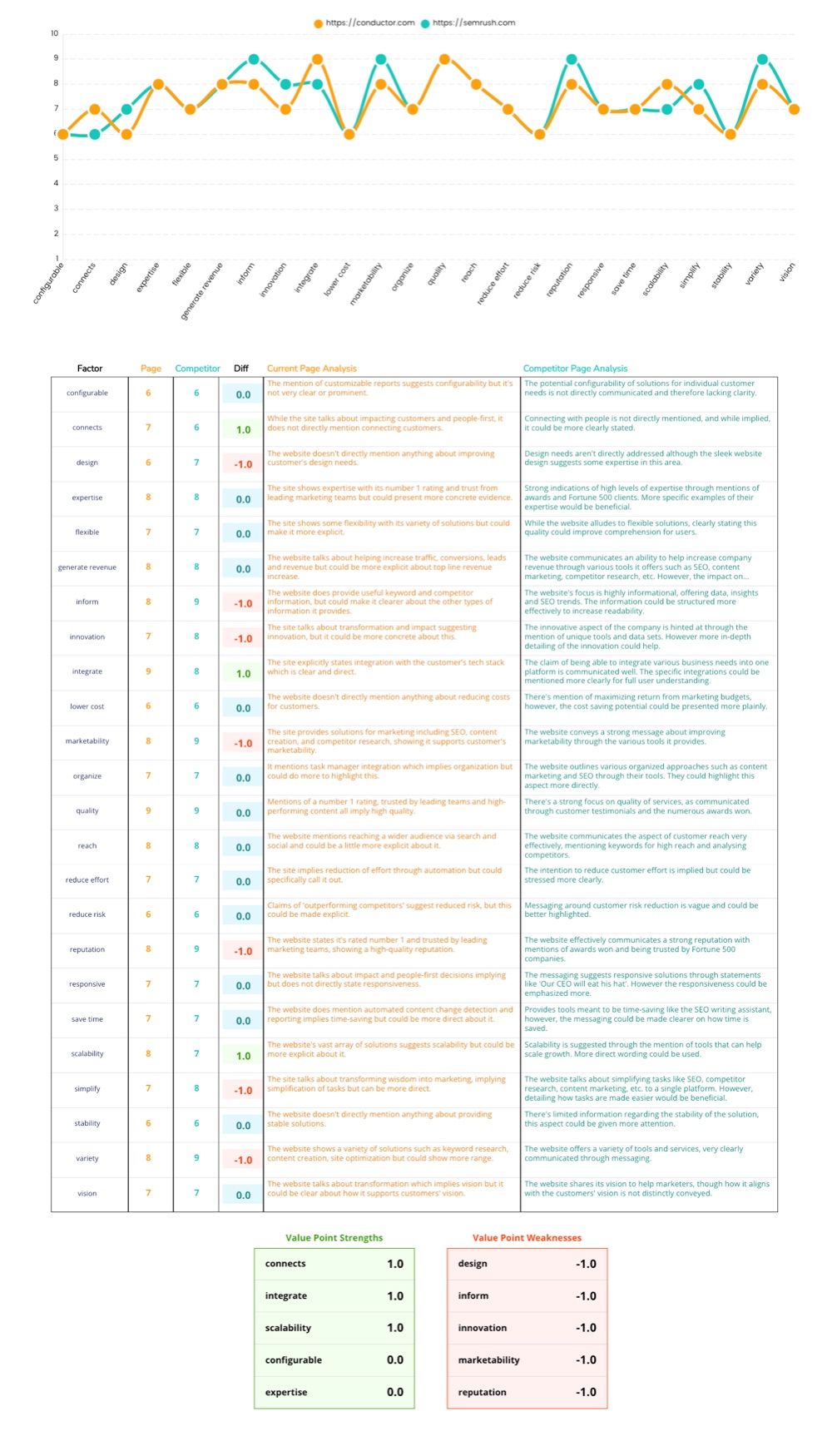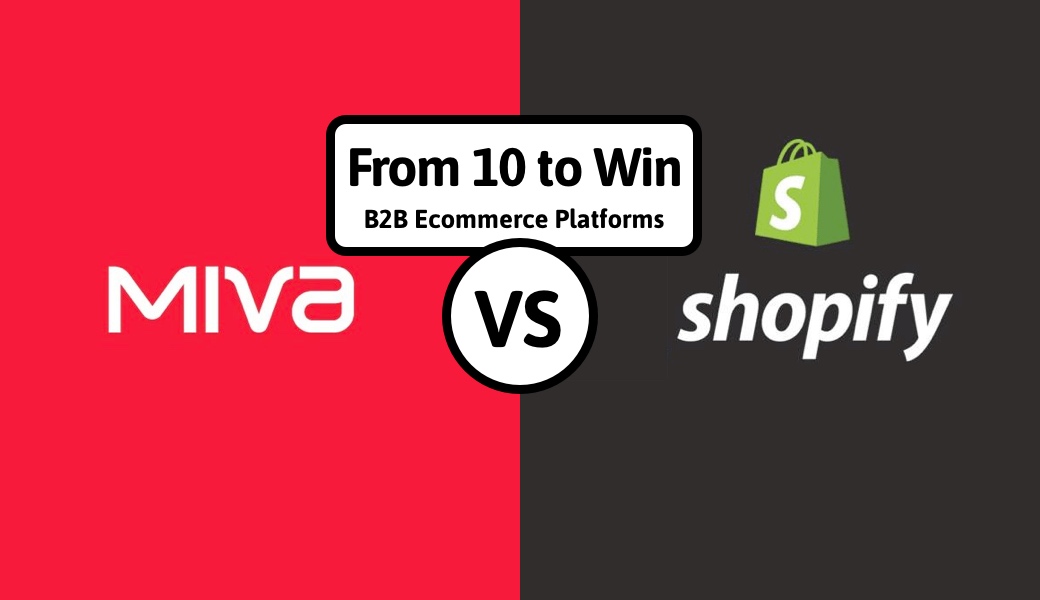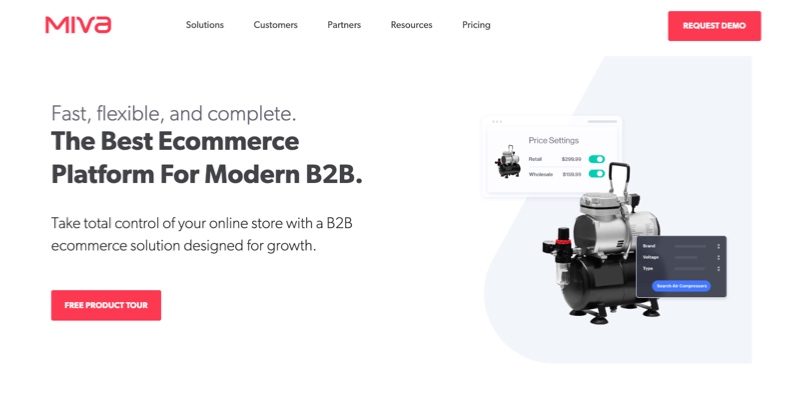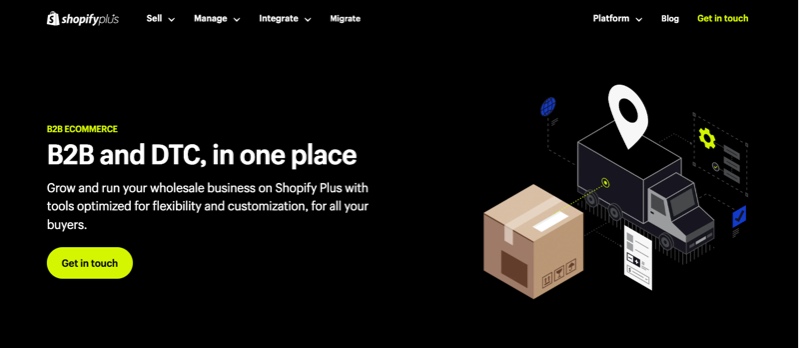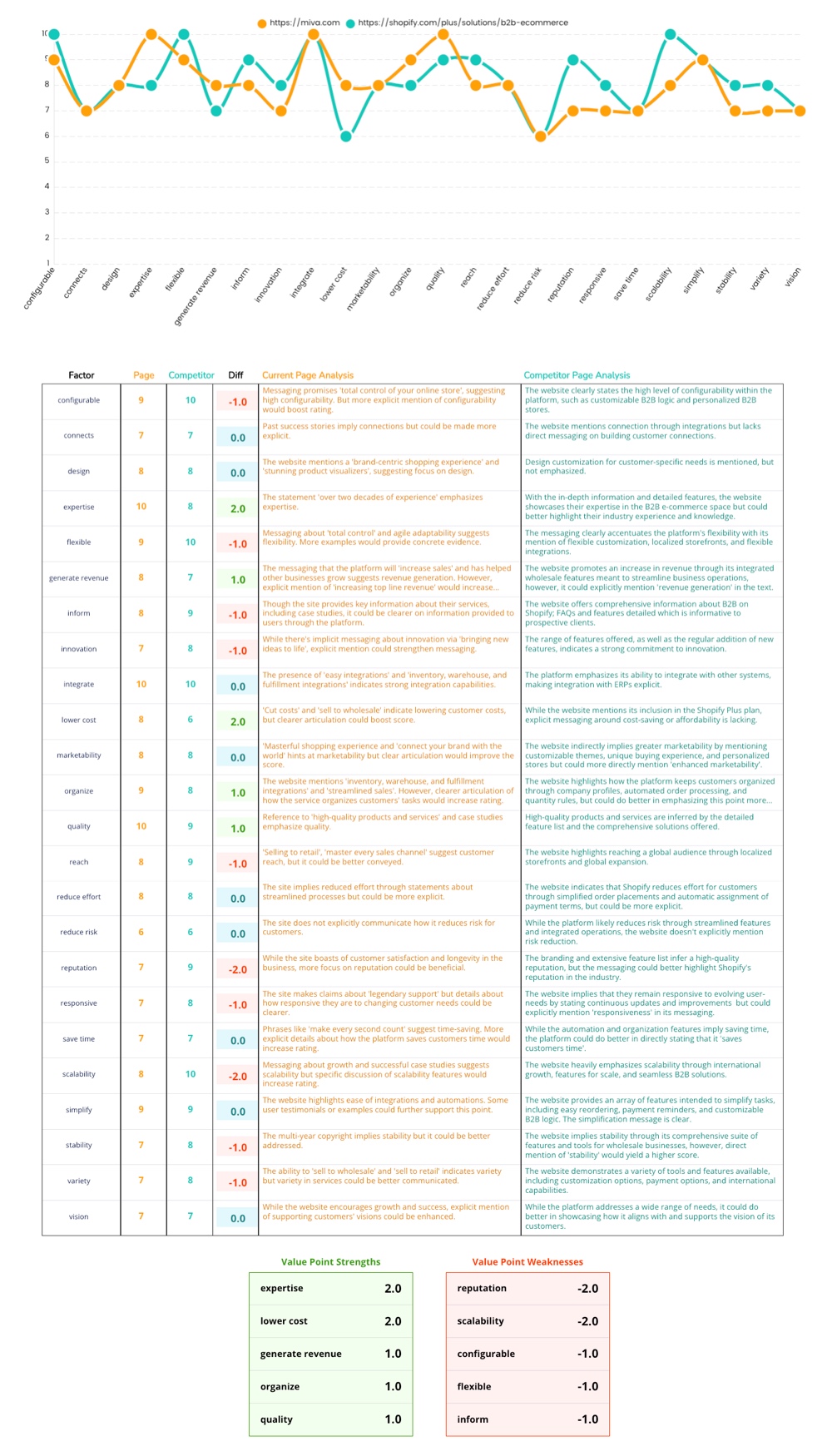Why we built the first data-driven product to help brands win with positioning

Positioning a brand to stand out in a crowded market is really hard. You need to understand your own unique value as well as how that value compares and contrasts with competitors. We built SmokeLadder for this exact purpose – provide fast, standardized, data-driven positioning insights to help brands stand out and win.
Market landscapes have never been so crowded, and it’s only getting worse. This means getting your brand to stand out for your target customer is going to keep getting harder.
Clear, memorable positioning is critical for a brand to thrive and survive.
Positioning is the cornerstone of your brand’s strategy. It informs every aspect of your brand’s communication across marketing, sales, and content.
It includes:
- Who you serve
- What problems those customers need to solve
- How your brand delivers a solution to satisfy those needs
- Where you differentiate from competitors in a meaningful way
If you’re not clear on those points there’s no way to connect with your customers let alone make a memorable impression.
As the owner of an agency that does research and positioning work every single day, I’ve seen how critical it is – and I’ve seen how many companies struggle to get it right.
For other areas of business there are plenty of tools to measure and compare effectiveness of brands. A great example of this is how products like Semrush and Ahrefs provide standardized measurements on a brand’s SEO footprint.
But there’s no equivalent to this for positioning.
There isn’t a standard, quantified way to measure and compare value provided between brands.
We built SmokeLadder to fill this gap and elevate how businesses approach the positioning process.
Specifically, we wanted to address some key problems:
- It’s hard to get perspective on where a brand’s positioning is strong and weak
- There’s no consistent way to compare and contrast one brand against another
- Getting feedback on a brand’s positioning and value prop is slow and expensive
- There isn’t a go-to source of standardized analysis for the positioning of brands
Before jumping into those challenges, there are a few learnings from our past 9+ years working on positioning that helped inform our approach with SmokeLadder.
Three key learnings we’ve had on how to develop unique positioning
After working on positioning with dozens of brands across a wide range of categories, there have been three key ideas that make our process effective.
Positioning Learning #1: Establish a consistent set of value points
Positioning starts with understanding the different types of value you provide to your customers.
The challenge is that there are so many different things that customers care about in a buying decision depending on the industry and the offering.
This includes basic points like saving time and lowering cost – and more complex points like reducing risk and providing responsive support.
To help standardize this we’ve utilized different frameworks such as the Elements of Value to create a baseline of all these different value points.
With a standard in place it allows you to compare one brand against another on an even playing field.
For SmokeLadder we took those influences and established 24 points of value to measure each business on.
Positioning Learning #2: Quantify subjective value
Once you have the points of value you want to consider, you need a way to determine how well each brand performs across those points.
This step centers on applying a numeric grade based on the brand’s focus around each point of value.
One of the best ways we’ve found to do this is to analyze the brand’s website, messaging, and content to see how they articulate their focus.
A brand’s website should be the most digestible expression of their positioning. That’s what customers evaluate them on, so that’s what we use to evaluate them on as well.
By analyzing their content we can make an educated assessment of how well a brand delivers on each point of value and translate that into a numeric grade.
Positioning Learning #3: Visualize differences of value to see where you can stand out
The last step is that we need to visualize the grades for each brand to help see where strengths and weaknesses exist.
Displaying these grades across the points of value in a graph format allows us to identify positioning opportunities for a brand.
We want to find points of value where:
- The brand scores high
- The brand has the most separation from competitors
Points that hit both factors represent what customers care about and remember due to the differentiation.
We used these learnings to inform how we would tackle the positioning problems we know are the most critical for brands to solve.
Which brings us to SmokeLadder’s key benefits and capabilities.
SmokeLadder benefit 1: Show a brand where it’s strong and weak
Before you can determine your differentiation you first need to set a baseline of your own points of strength and weakness.
What type of value do you provide to satisfy your customer’s most important needs?
SmokeLadder automatically collects the messaging from a website and uses AI to analyze the content to grade it across our 24 points of value on a scale of 1 to 10.
This gives you an outside perspective on the position your brand communicates to your audience.
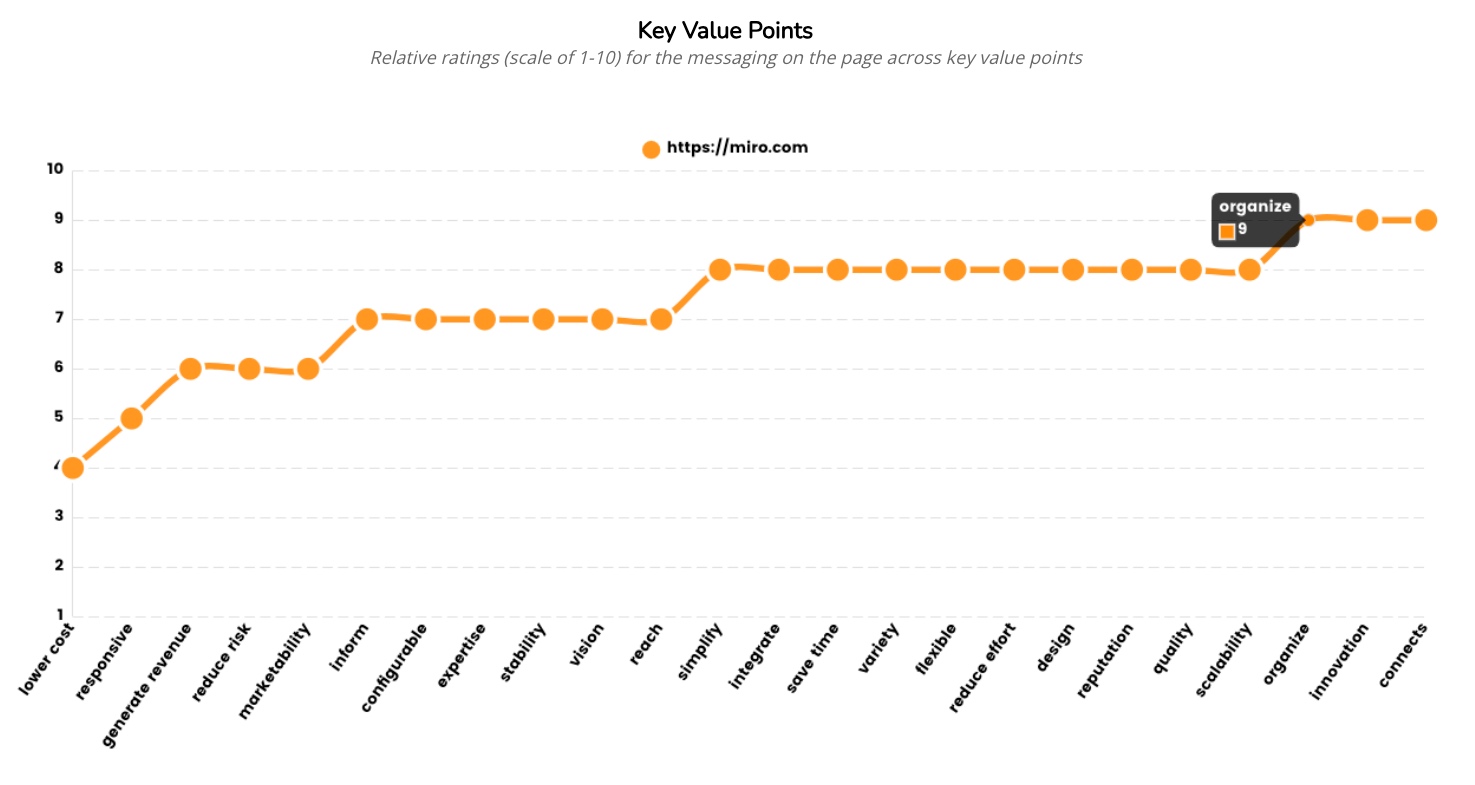
The analysis includes both a quantitative score for each point of value as well as a qualitative description behind the score (see examples in the next point).
This step by itself can provide great insight into how well you’re capturing what you believe is unique about your brand.
We combine these value grades with differentiation scores compared to our category averages to provide a cumulative Total Positioning Score.
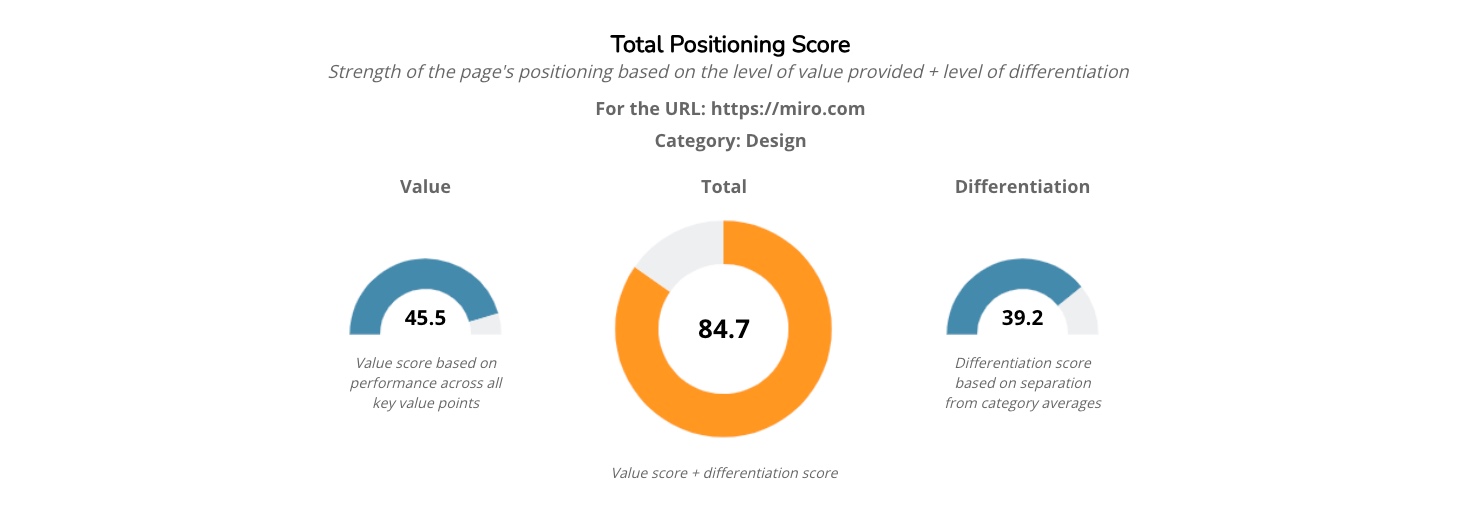
We calculate our category averages based on the thousands of sites we’ve already analyzed.
SmokeLadder benefit 2: Make it easy to compare and contrast one brand against another
In addition to analyzing your own brand, SmokeLadder can run the same analysis on any of your competitors.
Because we grade and rank all sites across the same points of value it:
- Provides an easy way to compare grades to find relative advantages
- Allows you to visualize those differences to identify opportunity gaps
- Gives written insight into why a competitor scored what it did
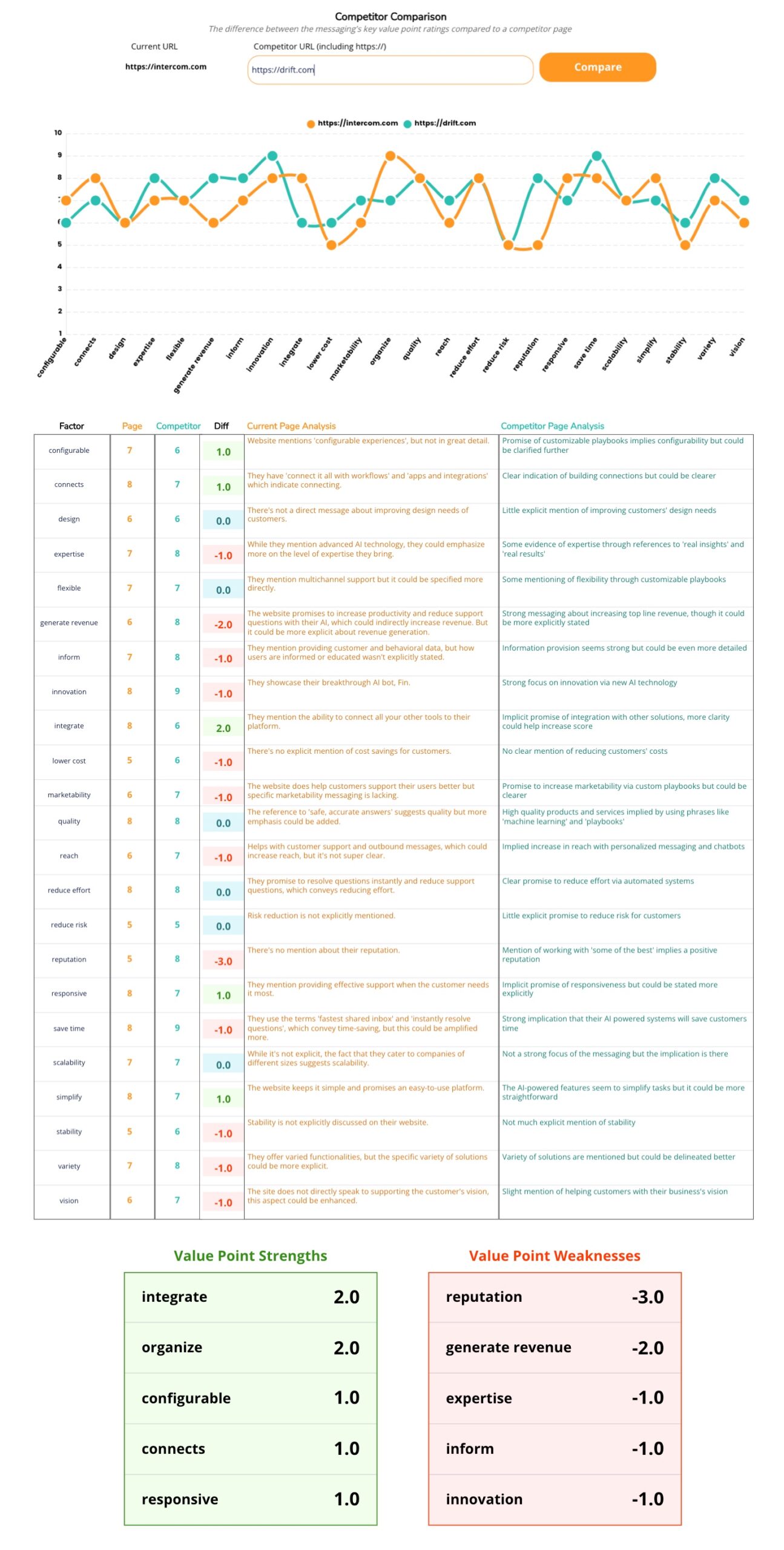
This type of competitive intelligence is invaluable to gain perspective on how your target customer might view your brand against a competitor in an evaluation process.
If your brand doesn’t have clear points of separation that prospects can see and feel it’s almost impossible to expect them to remember you.
With SmokeLadder you can analyze market leaders, other challenger brands, and indirect competitors that your audience might consider.
And you can do it quickly and consistently.
SmokeLadder benefit 3: Get feedback on your positioning and value proposition
We’re huge proponents of customer and market research. Understanding first-hand what motivates your audience, what outcomes they’re seeking, and how your brand aligns with those needs is critical to find market fit.
While AI can’t replace the specific data and insights you get from customized research it can help spark ideas on where to dig in more.
With SmokeLadder you can get high level insights into:
- The perspective of decision makers around your brand to spot potential blockers
- A value proposition summary to see how a buyer might describe and remember a brand
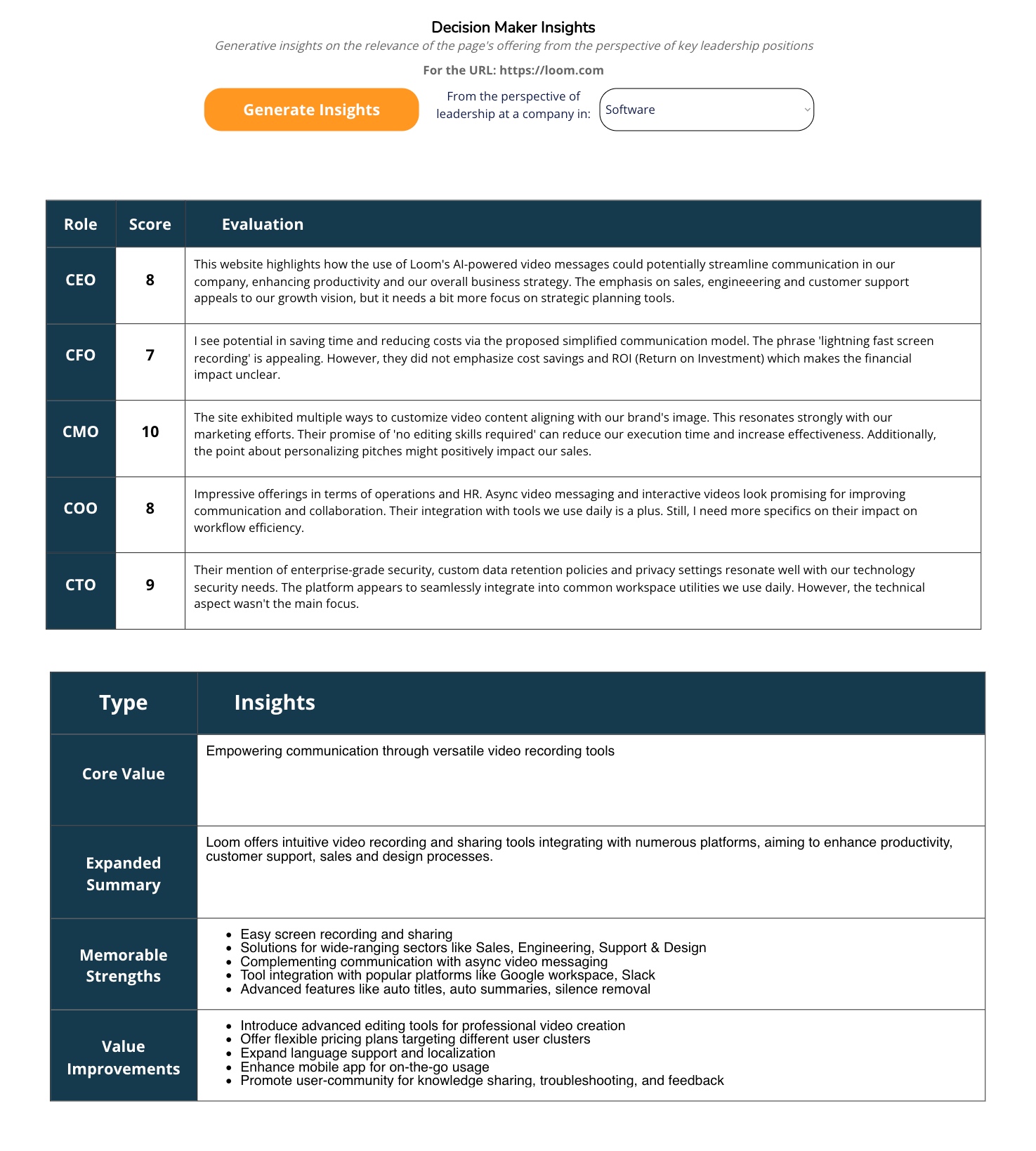
This serves as a gut check for deeper exploration.
SmokeLadder benefit 4: Access to standardized analysis of positioning across thousands of brands
As mentioned above, in the same way you might conduct analysis and research for a brand’s SEO health using Semrush we provide a way to do this for positioning.
Until now there hasn’t been a go-to source for this type of data and insights.
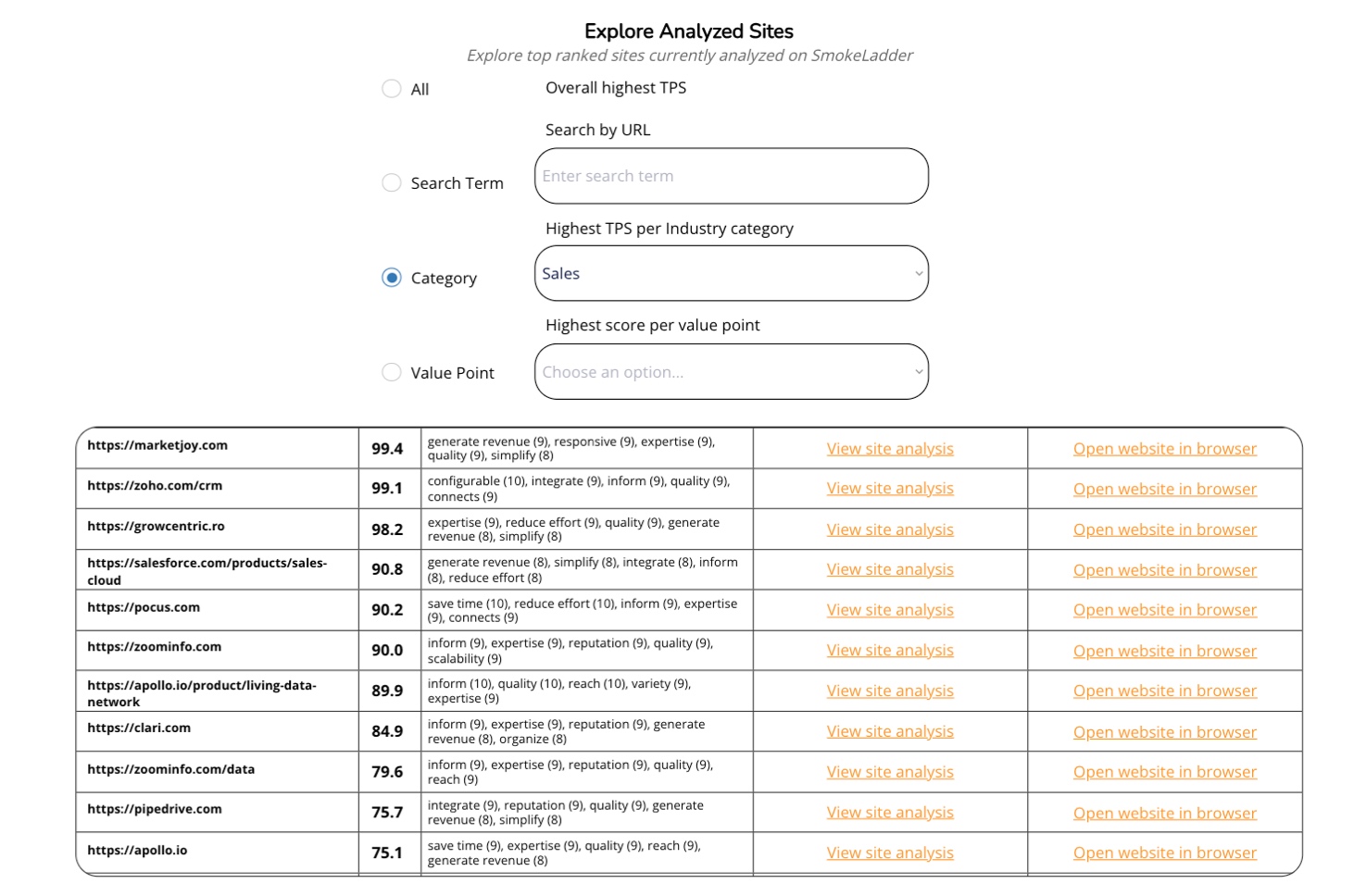
Even with a skilled strategist it could take days or weeks to explore different competitor websites, analyze them, and compile the data.
With SmokeLadder, there’s now a place to access this critical information across thousands of brands.
It can help strategists, marketers, and founders discover competitors you didn’t consider and highlight opportunities that you might overlook otherwise.
And of course if there’s a brand we haven’t analyzed yet, you can run your own analysis in minutes.
Elevating the entire positioning process for founders, marketers, and agencies
We’re big believers in finding ways to use AI not to replace human work, but elevate it.
When it comes to challenges that involve analysis and organization of large amounts of data – like the positioning of thousands of brands – AI can be an incredibly valuable tool.
Our goal with SmokeLadder was to provide a tool that allows teams and individuals to spend more time and energy focused on deep strategic work, leveraging this positioning data, and helping brands succeed.
We see SmokeLadder being a perfect fit for two core use cases:
- Founders and marketers working on their own brand: Analyzing and refining their positioning to create stronger alignment with their target customers
- Agency strategists working on their client’s brands: Conducting research and providing insights to their clients more effectively and efficiently to improve client outcomes
SmokeLadder fills a big gap in the market and can become a standard resource for established brands and startups alike.
Our goal is to make positioning work more effective and more accessible for businesses so that they can find their unique place to stand out and win in these wildly crowded markets.
You can try the product for free without credit card info or even creating an account.
Go here to see an example analysis and get started creating stronger positioning for your own brand.

